What are examples of absenteeism analysis that Highberg offers?
There are numerous statistical approaches available for gaining insights into, predicting or preventing absenteeism. Employing these methods can serve as organizational guidance to reduce employee absenteeism. Below, you'll discover a selection that we employed for the clients' advantage.

Future absenteeism
What will be the future absenteeism rate?
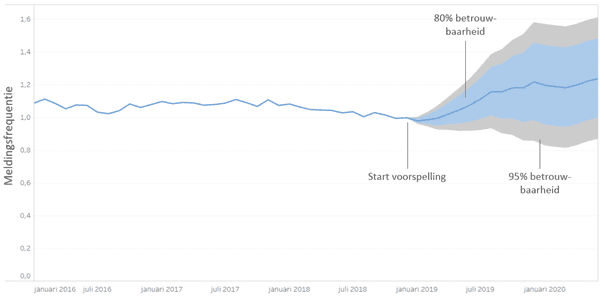
Future absenteeism can be predicted based on historical data. In the above case, the predictive model focuses on reporting frequency, but predictive models can also be based on other absenteeism metrics, such as absenteeism percentages or long-term absenteeism.
Risk groups
Which groups are at risk? In other words, which employee segments must be reached in order to reduce absenteeism?
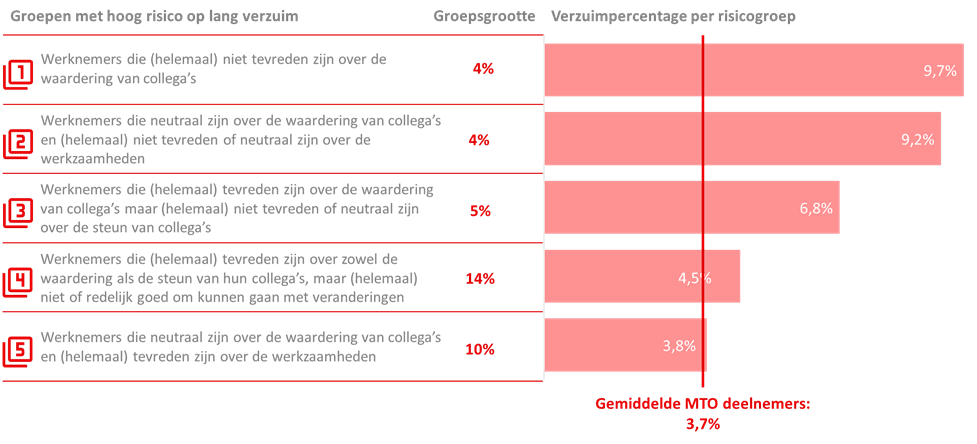
To effectively reduce absenteeism, it is important to know which groups of employees are most at risk. The idea is not to ‘punish’ these employees, but rather to decide, for example, which communication channels or role models to deploy to effectively reach these groups.
Explanatory factors
What are the explanatory factors, and which of these are the key factors to influence in order to effectively reduce absenteeism?
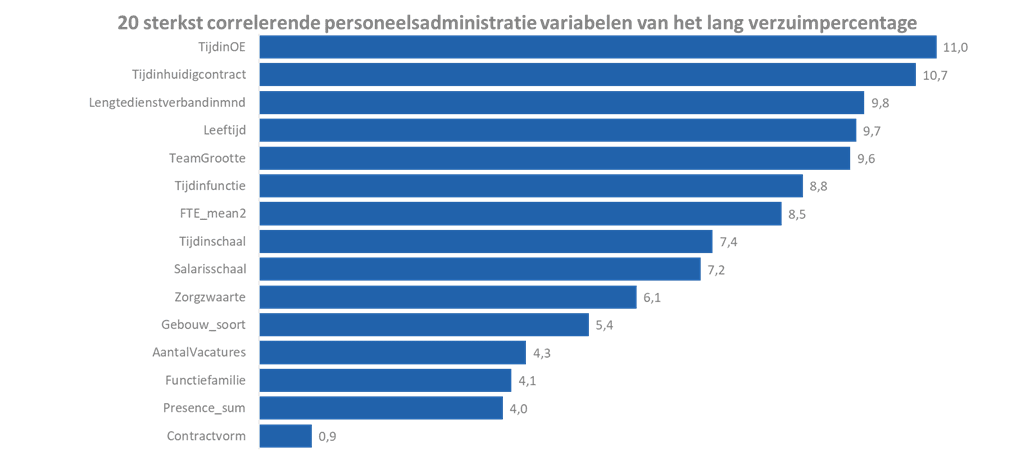
It is of the utmost importance to unambiguously determine the factors that cause absenteeism. Doing so helps in designing action plans and policies that address the key causes of absenteeism. To achieve this, it is important to know which variables correlate with absenteeism and to what extent one variable exhibits a stronger relationship than the other. While this is impossible to do using conventional absenteeism reports or simple correlation tests, it can be done through machine learning techniques in combination with a causality exercise.
Optimization
How can the agenda of the case managers and/or company doctor be optimised, so that people who are the most at risk of long-term absenteeism receive optimal support?
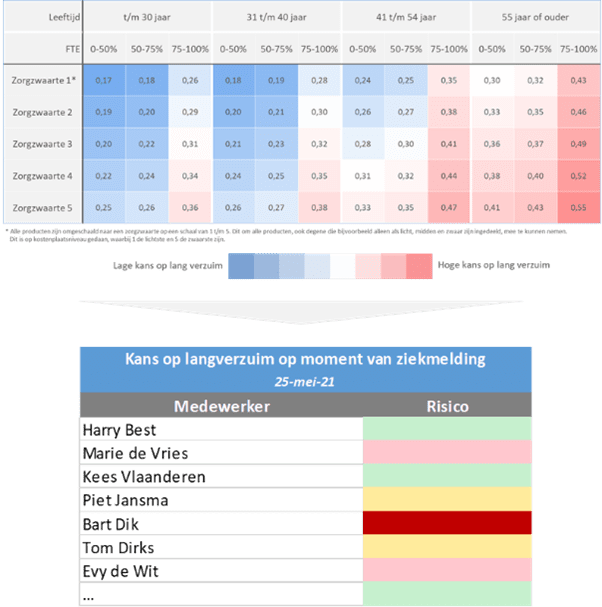
Case managers and company doctors often have busy schedules. This means that, in many organisations, some time will pass before an employee who has reported sick receives counselling. The risk of long-term absenteeism can be calculated per sick report. This insight helps case managers and company doctors to devote their scarce time to those who would benefit the most from a rapid intervention.
A realistic absenteeism standard
What is a realistic absenteeism standard for managers to apply, taking into account the composition of their team, among other factors?
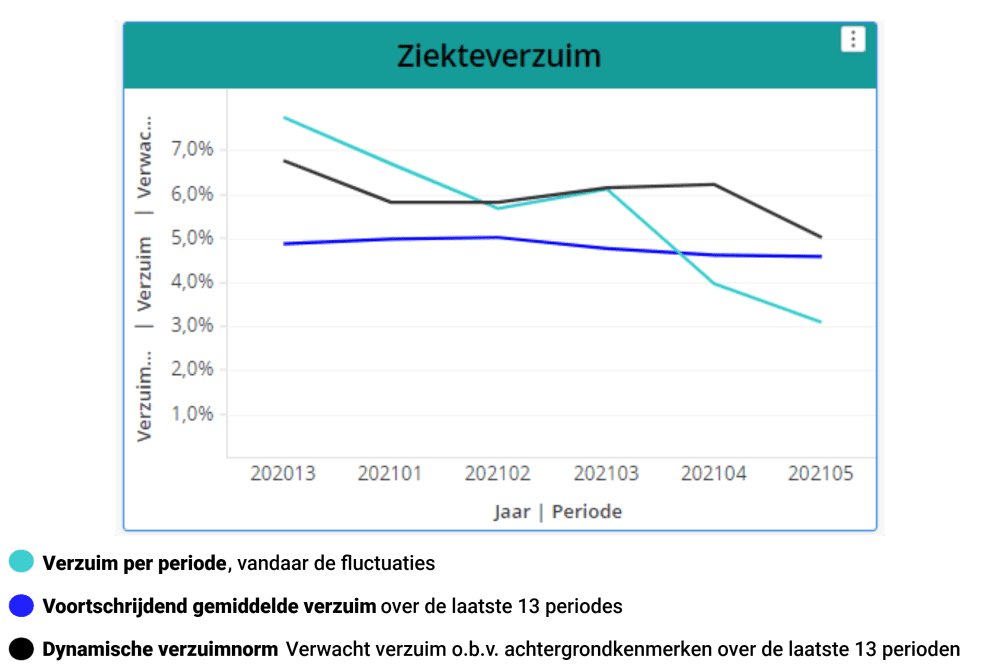
If the moving average of a particular selection is below the dynamic norm, it is safe to assume that this team or cluster is doing better than expected in terms of absenteeism, given its composition and compared to the organisation’s historical records. Of course, the reverse is also true.
Optimal absenteeism process
Is the absenteeism process optimally structured and monitored?
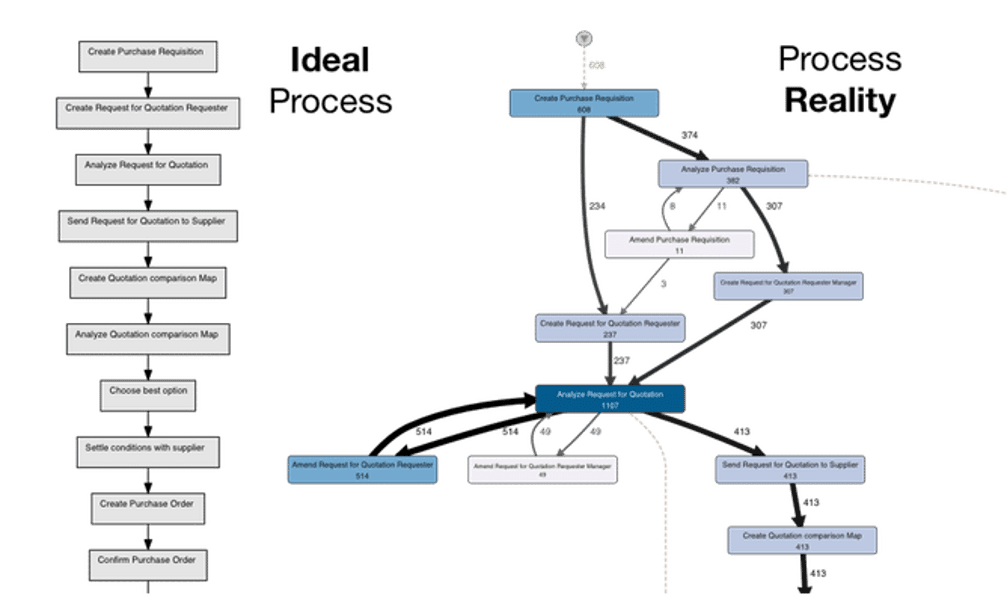
A comparison between the ideal process and process reality reveals opportunities to work more efficiently. In some cases, process mining will yield insights that can be used to further optimise the ideal process. In other cases, insights will show that process actors require more guidance towards the ideal process in order to optimally reduce absenteeism.
Impact of the interventions to reduce absenteeism
What is the effect of the interventions to reduce absenteeism? Are they reaching the right people and do they actually lead to lower absenteeism rates?


Many organisations have considerable budgets for preventative and curative absenteeism interventions. However, whether the right target groups are being reached with these interventions and/or whether the use of interventions actually reduces absenteeism remains unclear. An intervention-effect measurement resolves these matters and helps organisations to realise ROI on their absenteeism interventions.
Related insights
